As I settled into my new apartment a few months back, I quickly realized that something was missing. The walls felt bare, and the room lacked warmth. It was then that I stumbled upon the idea of adding indoor plants. Little did I know how transformative they could be, especially the extra-large ones! They truly have a knack for enhancing the aesthetic of any living room, turning a plain space into a vibrant oasis.
Indoor plants, particularly the larger varieties, do more than just beautify our surroundings; they improve air quality and create a soothing atmosphere. I remember the first time I walked into a friend’s living room filled with lush greenery—it felt like stepping into a mini jungle, and I instantly felt more at ease. Having extra large indoor plants not only adds a focal point to your décor but also helps to purify the air, making it healthier for everyone in your home.
In this blog, I’ll share my top 10 extra large indoor plants that are perfect for living rooms. We’ll dive into their unique characteristics, light requirements, care tips, and the benefits they bring to your space. Let’s get started!
Fiddle Leaf Fig
The Fiddle Leaf Fig is one of the most popular indoor plants, and for good reason. With its large, glossy leaves that can grow up to 10 feet tall indoors, this plant instantly grabs attention. When I first got mine, I was amazed at how it transformed the corner of my living room into a stunning focal point.
Light Requirements: This beauty thrives in bright, indirect light. I’ve found that placing it near a window, but out of direct sunlight, works wonders.
Care Tips: Water it when the top inch of the soil feels dry. I ensure good drainage by using a pot with drainage holes; this keeps the roots healthy and happy.
Benefits: Not only does it elevate the aesthetic of my room, but it also helps improve air quality. I love knowing that it’s actively working to purify the air I breathe!

Rubber Plant
The Rubber Plant has a charming appearance with its thick, dark green leaves and can grow between 6 to 8 feet tall. I was captivated by its glossy foliage when I saw it in a friend’s living room.
Light Requirements: It thrives in bright, indirect light but can tolerate low-light conditions too. I often move mine around to see where it thrives best.
Care Tips: I let the soil dry out between waterings, which helps prevent overwatering. Wiping the leaves regularly keeps them dust-free and allows the plant to photosynthesize effectively.
Benefits: Not only is it visually appealing, but the Rubber Plant is also excellent at purifying the air. It’s perfect for those of us who want a low-maintenance yet striking plant!

Bird of Paradise
The Bird of Paradise plant is truly a showstopper with its large, banana-like leaves. I remember the first time I saw one—it felt like I was in a tropical paradise!
Light Requirements: It prefers bright, direct sunlight to reach its full height of 6 feet or more. I’ve placed mine near a south-facing window to help it thrive.
Care Tips: Water it when the top inch of soil is dry, and don’t forget to give it humidity; misting it occasionally does wonders.
Benefits: The unique foliage adds an exotic touch to my living room while improving air quality. It’s a fantastic conversation starter!

Monstera Deliciosa
Monstera Deliciosa, often referred to as the Swiss Cheese Plant is famous for its dramatic split leaves. When I first introduced it to my home, I was amazed at how it grew so quickly!
Light Requirements: This plant loves bright, indirect light but can adapt to lower light conditions as well.
Care Tips: I water it when the top inch of soil feels dry and provide a stake for support as it grows taller.
Benefits: The striking leaves not only add flair but also purify the air. I feel like I’ve brought a piece of the tropics indoors!

Dracaena Marginata
The Dracaena Marginata, or Dragon Tree, has slender, arching leaves that give it a modern look. I decided to add one to my collection after seeing how effortlessly it fit into a contemporary setting.
Light Requirements: It prefers bright, indirect light but can tolerate lower light conditions. I’ve noticed it thrives in my living room, where it gets filtered sunlight.
Care Tips: Water when the soil is dry, and be careful not to overwater it; I’ve learned this the hard way! Keeping an eye on root health is crucial.
Benefits: Its elegant silhouette not only enhances the aesthetic appeal of my space but also improves indoor air quality. It’s the perfect plant for a modern living room!

Pothos
Pothos is one of my favorite indoor plants, and it’s easy to see why! With its heart-shaped leaves and trailing vines, it brings a lively touch to any space. I love how versatile it is; I’ve seen it thrive in hanging planters, on shelves, or even climbing up a trellis.
Light Requirements: What’s great about Pothos is its adaptability. It does well in various light conditions, from low light to bright, indirect sunlight. I’ve placed mine in a spot with filtered light, and it’s flourished beautifully.
Care Tips: I usually water my Pothos when the top inch of soil is dry, which keeps it healthy without overdoing it. Plus, if you ever want to propagate it, you can easily cut a stem and place it in water—before you know it, you’ll have new roots!
Benefits: Pothos is not just easy on the eyes; it’s also known for its air-purifying qualities. It can help remove toxins from the air, making it a perfect choice for living spaces.

Kentia Palm
The Kentia Palm has a unique elegance with its long, feathery fronds. Whenever I see one, I can’t help but feel transported to a tropical paradise. Its graceful appearance makes it an ideal addition to any living room.
Light Requirements: This palm prefers bright, indirect light but can also tolerate some shade. I’ve noticed that it does well near a window that gets filtered sunlight throughout the day.
Care Tips: I find that watering every week or so works well, letting the top inch of soil dry out between waterings. Regularly dusting the leaves helps keep them healthy and vibrant.
Benefits: The Kentia Palm provides a tropical feel without requiring too much maintenance. It’s perfect for those who want to add a touch of the outdoors to their home without the fuss!

Chinese Evergreen
The Chinese Evergreen is a truly stunning plant with its vibrant green leaves, often speckled with shades of silver or cream. I admire how this plant adds a pop of color to any room, making it a lovely choice for decor.
Light Requirements: This plant is quite adaptable and can thrive in low to bright indirect light. I’ve placed mine in a low-light corner, and it’s been doing just fine!
Care Tips: Water it when the soil feels dry to the touch, but be careful not to overwater. It also enjoys humidity, so I occasionally mist it or place it in a more humid area.
Benefits: Not only does it enhance the aesthetic appeal of my space, but the Chinese Evergreen also improves air quality. It’s a win-win for any home!

Peace Lily
The Peace Lily is an absolute gem in the world of indoor plants. With its elegant white blooms and lush green leaves, it brings a touch of sophistication to any room. I love how its flowers bloom even in my living room!
Light Requirements: It thrives best in low to medium, indirect light. I’ve found that it does well in a well-lit room, but it can also handle darker corners.
Care Tips: I water mine when the topsoil feels dry, and it appreciates a boost of humidity. I try to keep it moist but not soggy, as that helps it stay healthy and vibrant.
Benefits: The Peace Lily is known for its beautiful blooms and its ability to remove toxins from the air. I feel good knowing that I have a lovely plant that also works to purify my space!

ZZ Plant
The ZZ Plant is a powerhouse of resilience! With its glossy, dark green leaves, it can grow to about 3 feet tall and has a unique, sculptural look. I appreciate how it adds a modern touch to my living room.
Light Requirements: This plant is incredibly tolerant of low light, making it perfect for spaces that don’t get much sun. I’ve kept mine in a dim corner, and it’s thriving!
Care Tips: Watering is a breeze; I let the soil dry out completely between waterings. It’s so forgiving that I don’t stress too much about its care, which is a relief for someone with a busy schedule.
Benefits: The ZZ Plant is perfect for anyone looking for a low-maintenance option. It’s resilient and can bounce back from neglect, making it ideal for new plant parents or those with a busy lifestyle.

Our Thoughts
Recap of the Benefits of Incorporating Extra Large Indoor Plants
Incorporating extra-large indoor plants into our living spaces brings a plethora of benefits that can truly transform the atmosphere of our homes. From improving air quality to enhancing aesthetics, these green companions provide both visual and physical wellness. They help create a calming environment, promote relaxation, and even elevate our mood. Plus, they serve as a striking focal point in any room, making them an excellent addition to our décor.
Choose Wisely for Your Living Space
As you consider adding these lush plants to your home, think about your living room’s unique conditions and your personal preferences. Are there specific light levels you need to account for? Do you prefer low-maintenance plants or are you ready for a little extra care? Each plant has its own requirements, so taking the time to choose the right ones for your space can lead to a flourishing indoor garden that you’ll love.
Call to Action
Ready to green up your living room? I encourage you to explore local nurseries or check out online retailers for a fantastic selection of extra-large indoor plants. Whether you’re a seasoned plant parent or just starting your journey, there’s a perfect plant waiting for you to bring home. Dive into the world of indoor gardening and enjoy the many benefits that come with these beautiful additions to your living space! Happy planting!
FAQs about Extra Large Indoor Plants for Living Rooms
1. What are the best extra-large indoor plants for low-light conditions?
If your living room doesn’t get much natural light, consider plants like the ZZ Plant (Zamioculcas zamiifolia) or the Chinese Evergreen (Aglaonema). Both thrive in low-light environments and require minimal maintenance.
2. How often should I water my extra large indoor plants?
Watering frequency can vary based on the type of plant and your home’s humidity levels. A good rule of thumb is to check the top inch of soil; if it’s dry, it’s time to water. Generally, most plants do well with weekly watering but always adjust based on their specific needs.
3. Can extra large indoor plants help improve air quality?
Absolutely! Many extra-large indoor plants, such as the Rubber Plant and the Peace Lily, are known for their air-purifying properties. They can help remove toxins from the air and contribute to a healthier indoor environment.
4. What is the best way to fertilize my indoor plants?
Fertilize your extra-large indoor plants during the growing season (spring and summer) using a balanced, water-soluble fertilizer. Follow the package instructions for dosage, and be sure to water the plant before applying fertilizer to avoid root burn.
5. How do I choose the right indoor plant for my living room?
Consider factors such as light availability, humidity, and your level of experience with plant care. If you’re a beginner, opt for low-maintenance plants like Pothos or the ZZ Plant. Assess your living room’s conditions and choose a plant that will thrive in that environment.
6. Can I propagate my extra large indoor plants?
Yes! Many plants, such as Pothos and Rubber Plants, can be propagated easily. For example, you can take cuttings from a healthy plant, place them in water or soil, and watch them grow roots. This is a great way to expand your indoor garden or share plants with friends.
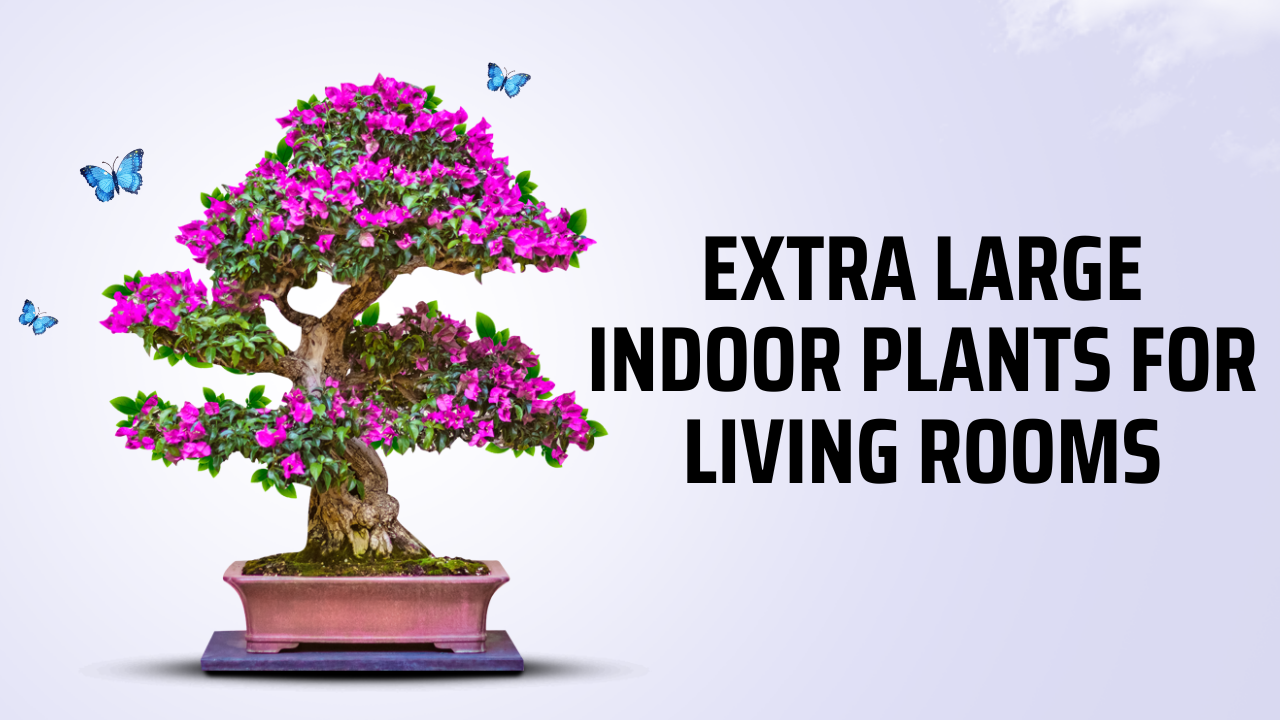






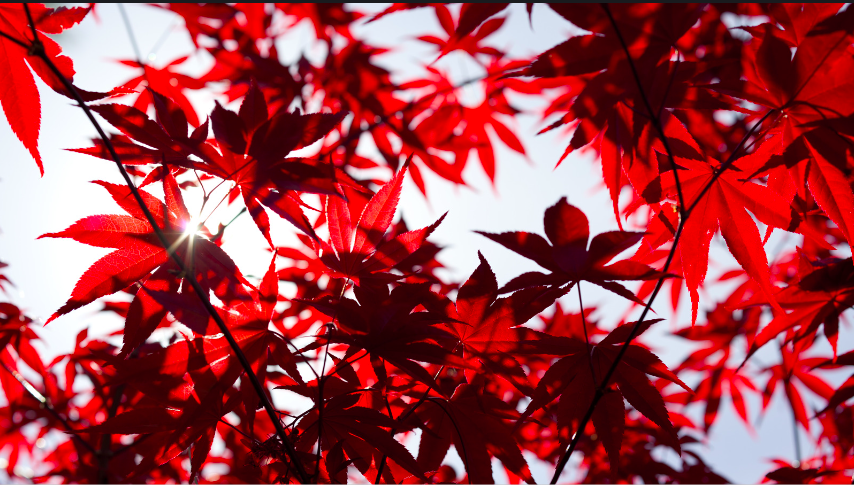

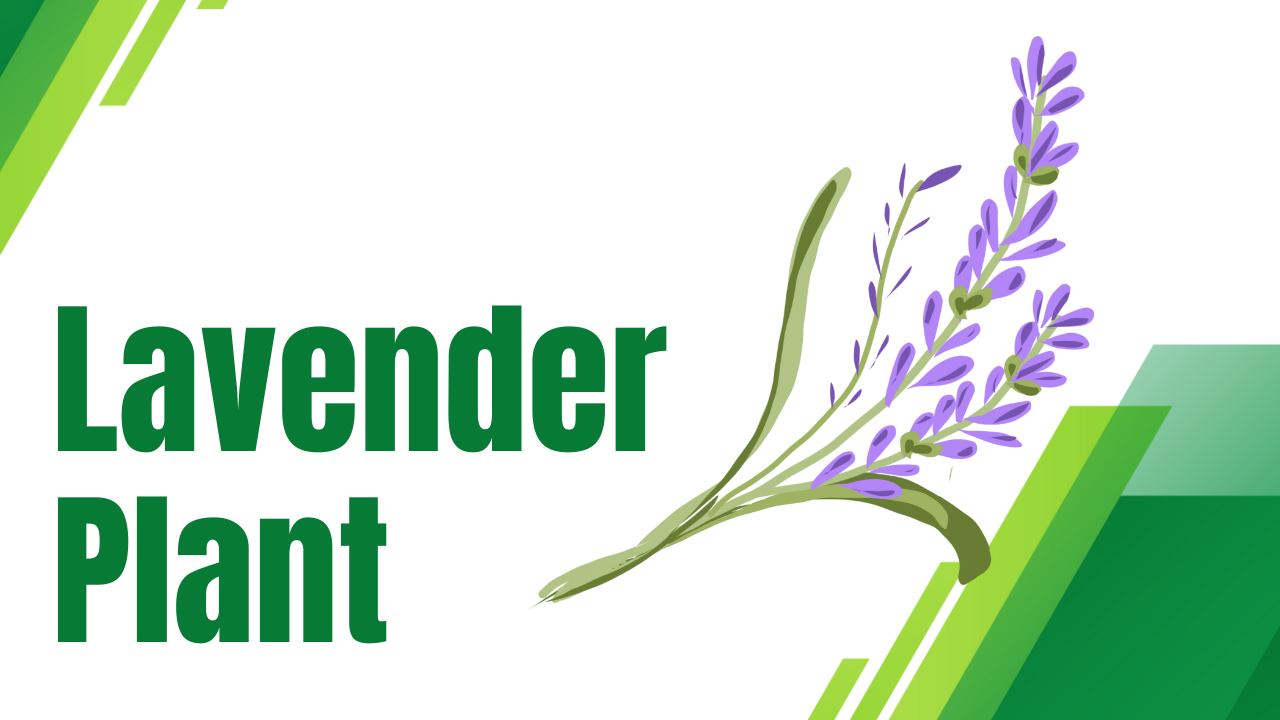
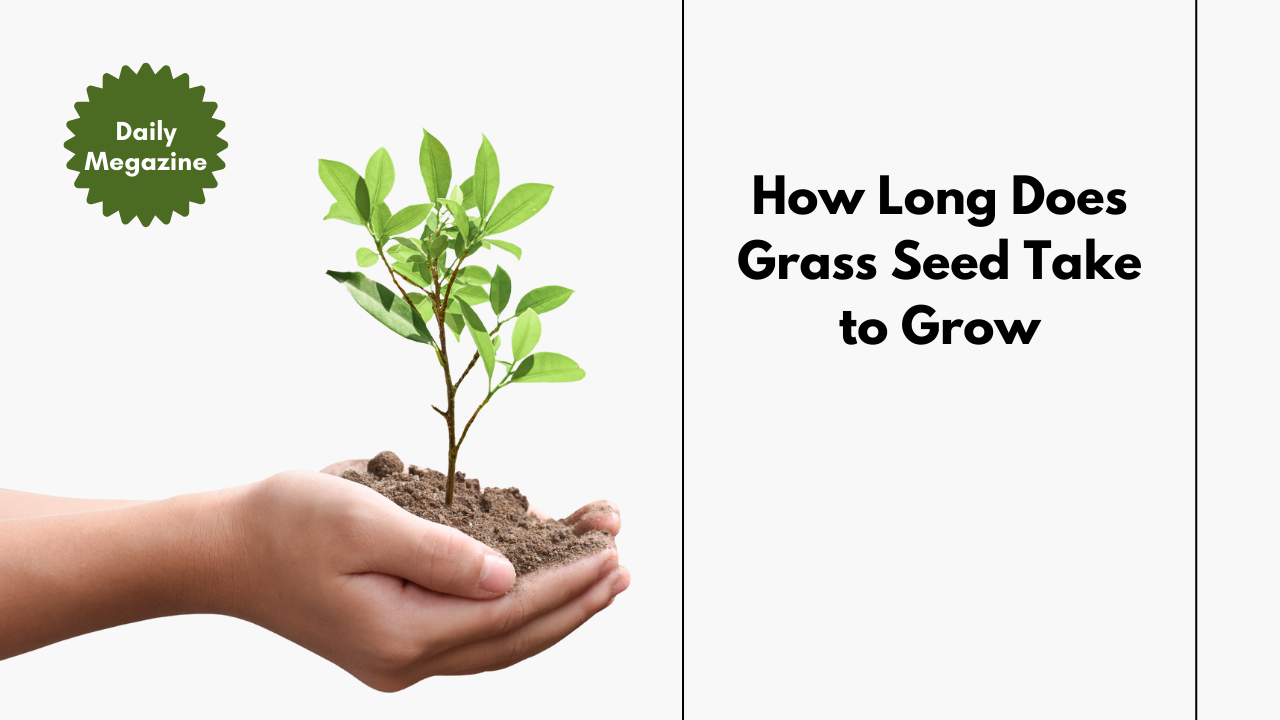

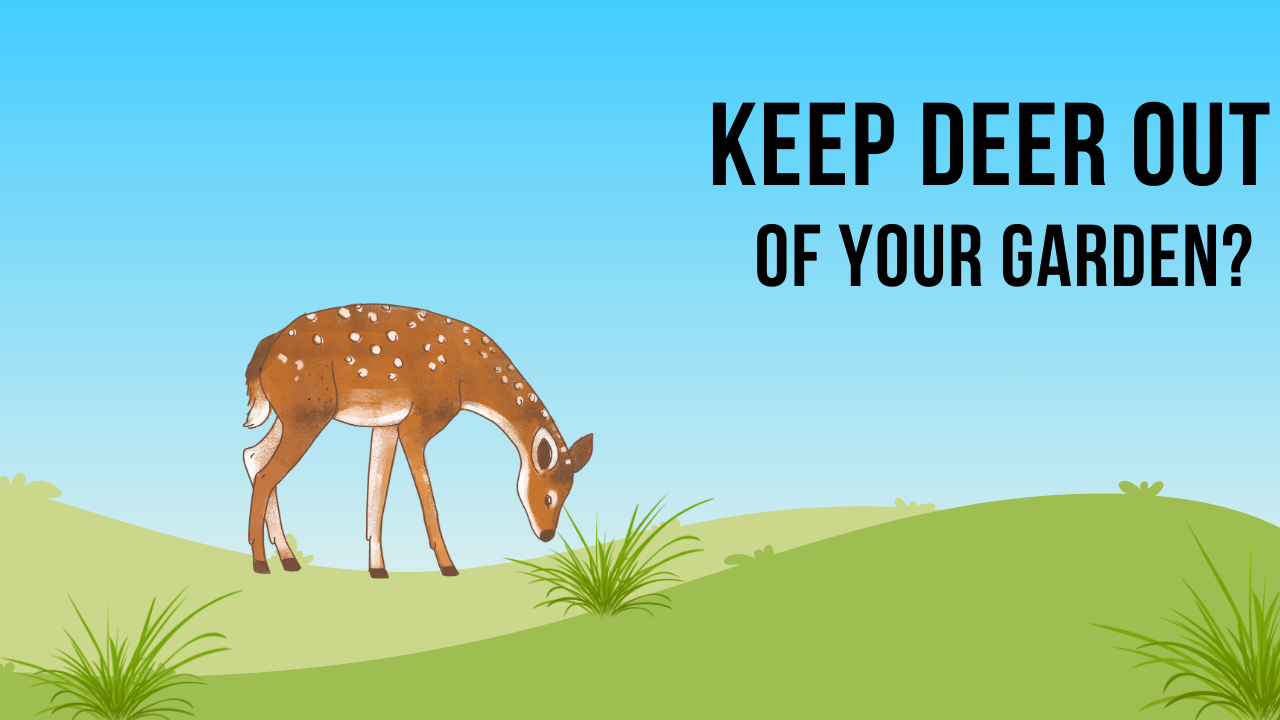
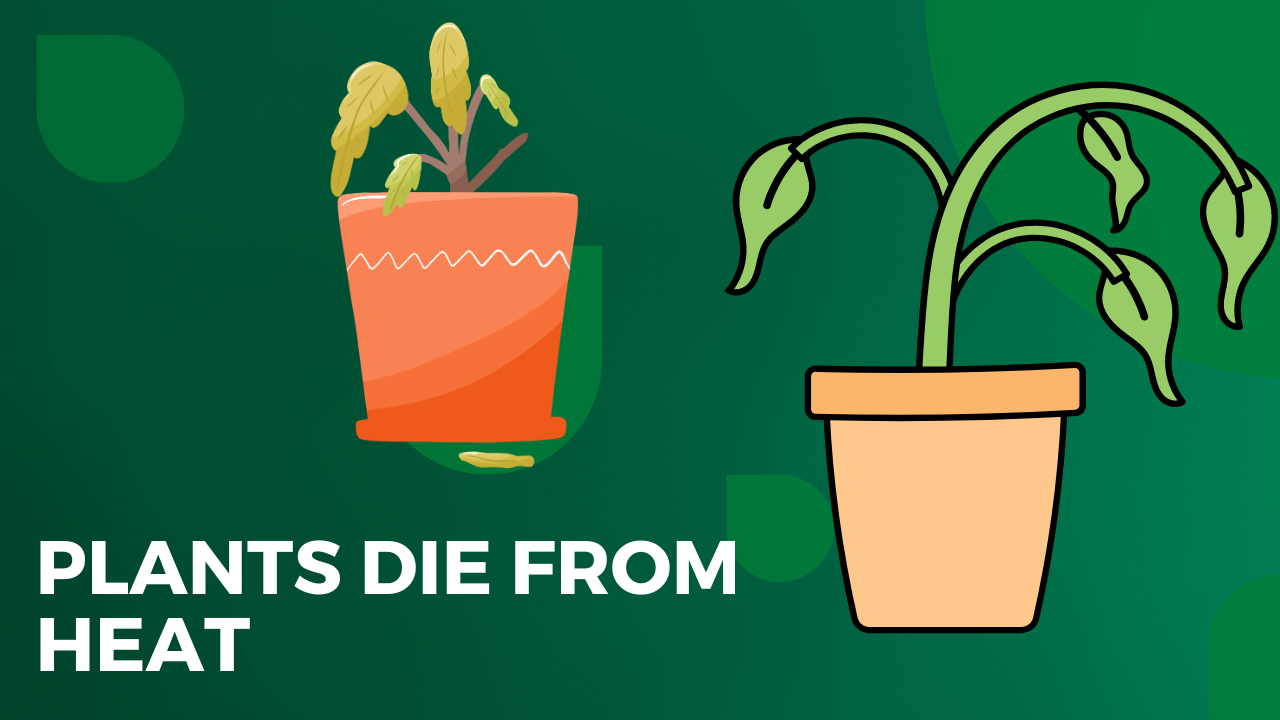
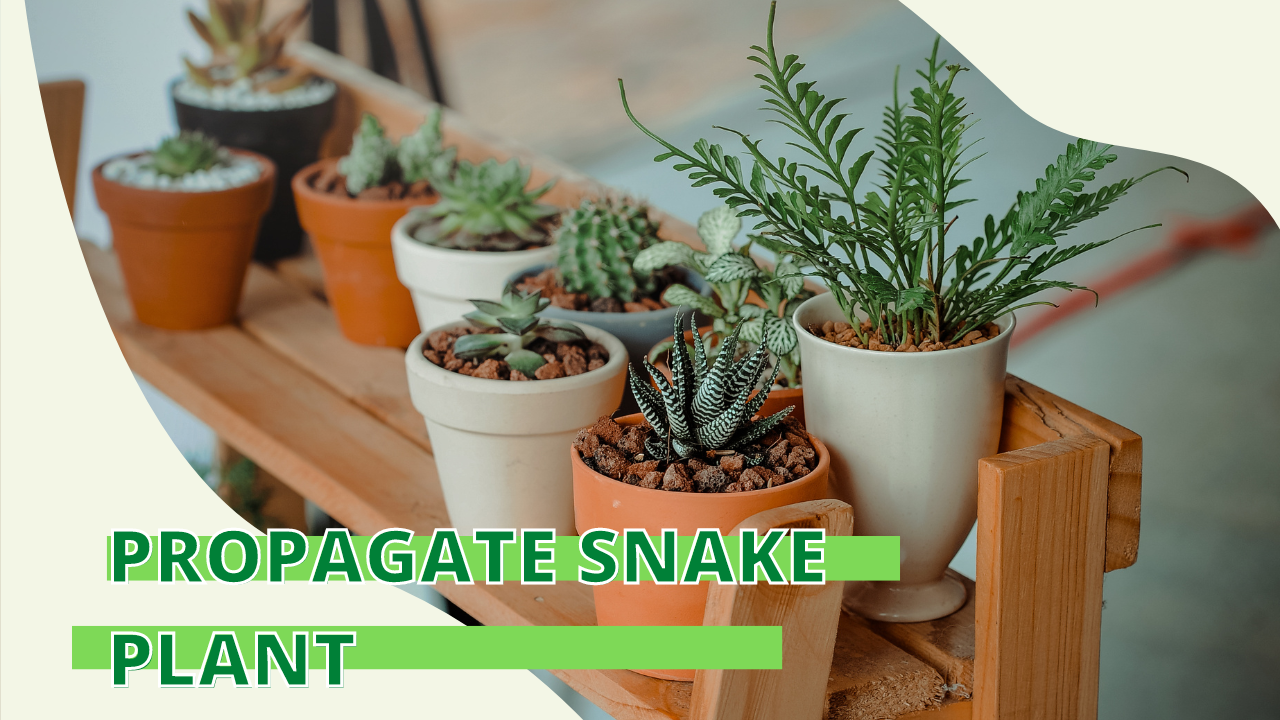
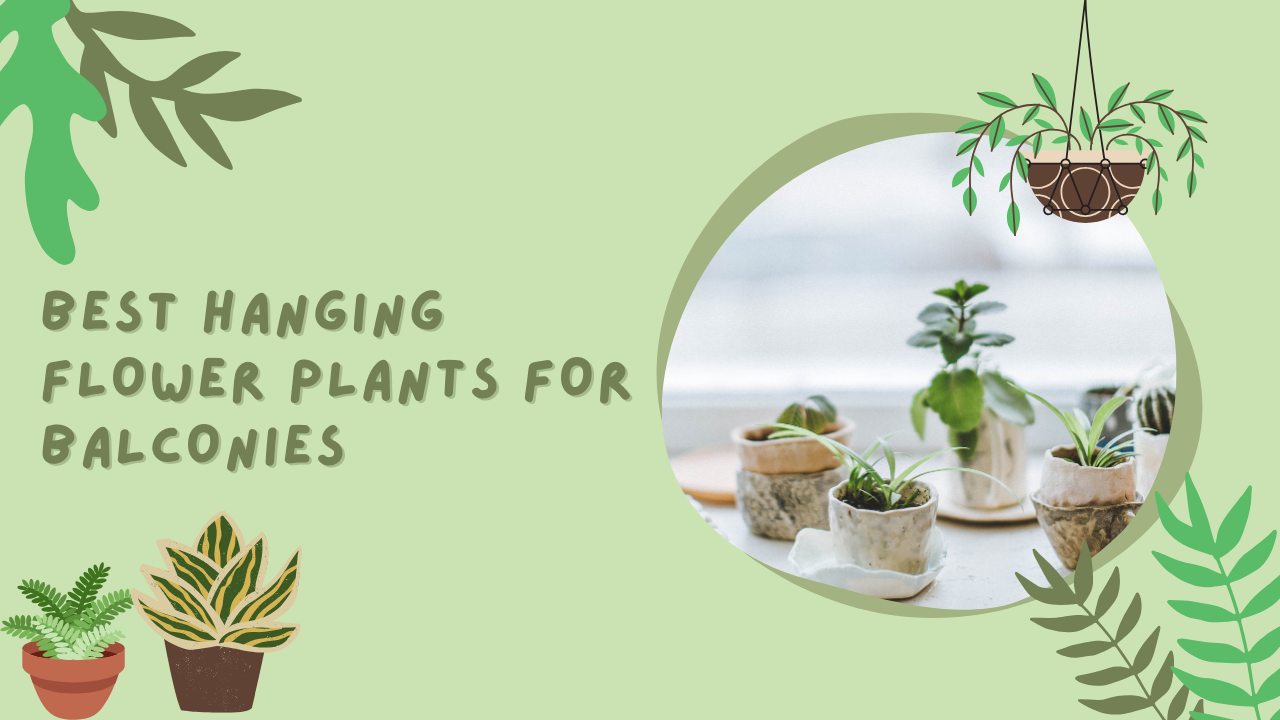

1 thought on “Top 10 Extra Large Indoor Plants for Living Rooms”